Trio Pendant lights

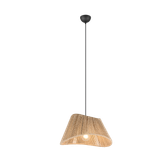
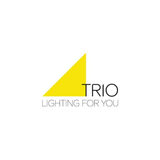

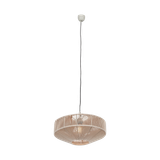



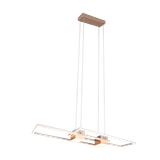


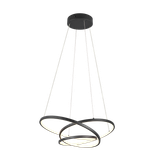



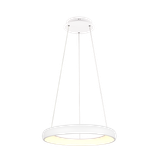





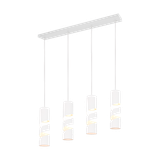


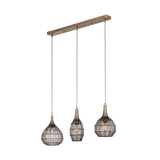






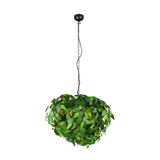




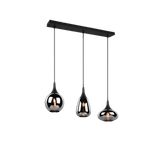



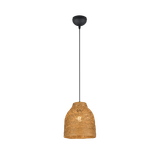
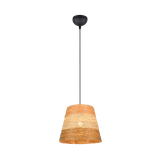
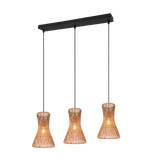



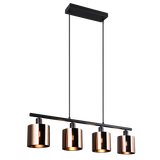

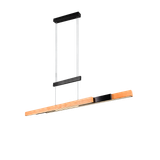










trio pendant luminaires project context and deliverables
Hospitality, retail, and workspace tenders ask for stable photometrics, tidy wiring, and predictable glare control. Families in this class run at 230 V AC with integrated or remote SELV drivers, IP20 as standard, and optional IP40/IP44 for kitchens or lobbies. Typical outputs span 1 000–4 000 lm per head at 8–40 W, CRI 80/90, and 2700/3000/4000 K plus a handful of 2700–6500 K tunable variants. Most canopies accept 2×0.75–1.5 mm², strain-relieved, with loop-through on multiheads. For clean commissioning under trio pendant luminaires, we tag EAN/MPN, lumen class, CCT, and reflector or diffuser code directly on the schedule.
trio hanging lights product range and optics
Contractors usually meet three families: single-head accent cylinders, shallow dishes with opal diffusers for ambient fill, and linear bars for tables or counters. Beam sets cover 15–60° with low-UGR louvres and micro-prismatic options; opal shades give soft 120° ambient distributions. Height adjusters land in the 1.2–2.0 m range; multi-drops on one canopy keep junction counts low. When a brief names trio hanging lights, we align beam, cut-off, and mounting heights across zones so reading planes and aisle markers land at target lux without glare.
trio ceiling pendant fixtures technical specifications and standards
Compliance follows EN 60598-1 and relevant part -2 clauses; control gear to EN 61347-1/-2-13; EMC per EN 55015 with immunity EN 61547; photobiological safety EN 62471. Power factor is ≥0.9 above 10 W; inrush is recorded for RCBO selection. Flicker guidance in offices aims at PstLM ≤ 1.0 and SVM ≤ 0.4; choose ≥1.5 kHz PWM or true CCR dimming. Housing materials include spun aluminium with TGIC-free powder coat, PMMA or polycarbonate diffusers (850 °C glow-wire where required), and braided suspension kits rated ≥5 kg per point. For runs declared as trio ceiling pendant fixtures, we specify canopy earthing, conductor strip lengths, and torque for cord grips to avoid call-backs.
trio decorative pendant lamps applications and acoustic notes
Reception islands, cafés, meeting tables, and boutique cash wraps benefit from warm tones and low cut-off angles; multihead clusters fill volume without upping driver counts. In restaurants, opal bowls avoid harsh highlights on glassware; in libraries, louvred heads protect sightlines. Where RT60 control matters, fabric or felt shades help absorption above 1 kHz. We coordinate circuits for scene presets and clean hand-off to front-of-house staff. Packages referencing trio decorative pendant lamps typically carry a mix of opal ambience and tight beam accents to balance vertical and horizontal illuminance.
trio suspended led luminaires integration with other Trio products
Colourimetry must match downlights and wallwashers to keep spaces coherent. DALI-2 room controllers and wireless gateways allow group scenes; 0–10 V remains viable in small offices. Linear bars often share optics with surface lines, so spares and photometry stay unified. For retail, track heads at perimeter walls combine with the general wash from trio suspended led luminaires, keeping one driver family and dimming curve across the project.
trio indoor pendant lighting selection criteria for B2B buyers
Start with task and ambient targets: 300–500 lx at tables, 200–300 lx general, higher on merchandise. Choose optic and UGR class to suit seating height and camera use. Fix CCT/CRI by brand palette; lock beam and mounting height early with furniture drawings. Validate driver topology—DALI-2 for scenes, phase dim only where harmonics and inrush are acceptable. Check cable exit, canopy space for through-wiring, and emergency strategy if sockets are relay-switched. For tender clarity under trio indoor pendant lighting, we publish bin codes, lumen packages, suspension lengths, and accessory part numbers on the same datasheet.
trio modern ceiling lights advantages with Bankoflamps
Our quoting desk returns project-specific pricing by EAN/MPN in roughly an hour. The portal shows live EU stock, lead-time windows, and downloadable price lists with validity periods you can plan against. Your account manager cross-checks plug loads, PF/inrush, flicker metrics, UGR claims, suspension details, and finish codes against drawings before release. We consolidate partials so canopies, heads, drivers, suspensions, and spares arrive room-bundled with tracking and status updates. Trusted clients access post-payment up to 30 days. Deliveries run smoothly across France, the Baltics, Germany, Spain, Italy, Belgium, and the Netherlands, keeping trio modern ceiling lights deployments on schedule and consistent with adjacent Trio table and floor collections.